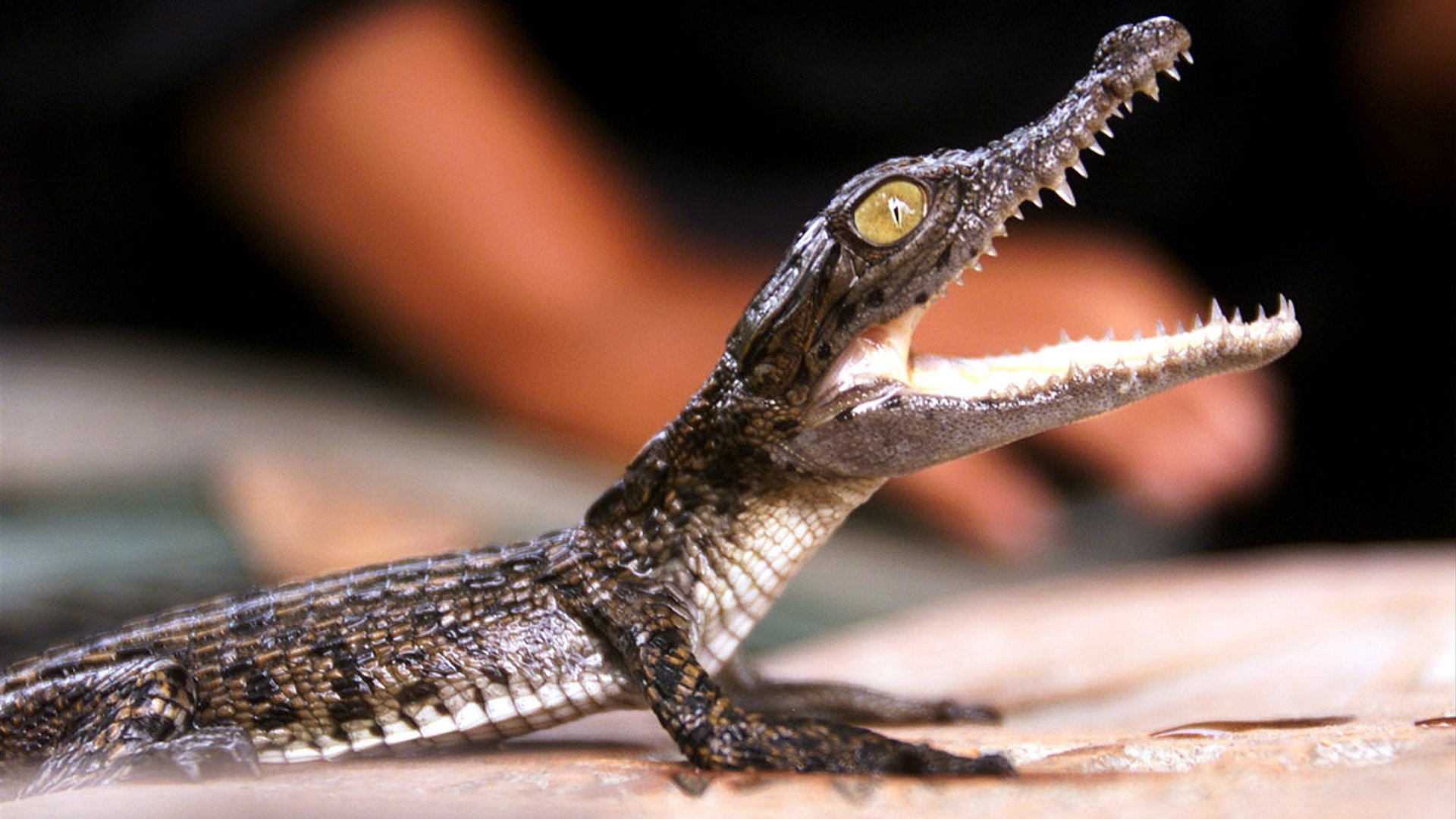Cambodia’s crocodile farmers struggle to move up the exotic skin value chain
With luxury brands clamoring for exotic skins for use in products like expensive handbags, global demand for crocodiles has spiked in recent years. That should be great news for Cambodian crocodile farmers, but instead they are stuck on the bottom rungs of the luxury goods business.


With luxury brands clamoring for exotic skins for use in products like expensive handbags, global demand for crocodiles has spiked in recent years. That should be great news for Cambodian crocodile farmers, but instead they are stuck on the bottom rungs of the luxury goods business.
The farmers lack the capital and expertise to raise the reptiles to the age of three, when they can command the loftiest prices. To produce the best products, the creatures must be fed regularly and prevented from fighting with each other to keep their precious skins intact. So the Cambodians sell their baby crocodiles to more developed farms in places like neighboring Thailand and Vietnam. Some 50,000 babies have been exported so far this year for a mere $12 to $14 each, the Phnom Penh Post reports.
Once the baby crocodiles go abroad, the real mark-ups and value-adds begin. The most sophisticated farms worldwide can produce finished crocodile skins that sell for $600 each, and it takes two entire skins to make a single handbag. Hermes’ highly sought-after crocodile Birkin bags can retail for $60,000, at least for those who can endure years-long waiting lists.
The Cambodian government and industry groups have been urging farmers to change this practice. A pilot project by the Association of Cambodian Crocodile Farm Development that launched in the northwestern city of Siem Reap last year has helped, resulting in the export of some 20,000 skins to Thailand. The Association’s Sen Rith says Thailand would purchase up to five times more if more skins were available.
Indeed, business is booming for luxury goods skin merchants. Brands like Louis Vuitton, Prada, and Gucci “are trying to elevate the level of perceived exclusivity of their brands, and exotic-skin products really help in this,” Mario Ortelli, an analyst at Sanford C. Bernstein in London, told Bloomberg last month, adding that exotic skins comprise about 10% of the brands’ handbag revenues, more than twice the percentage of a few years ago.